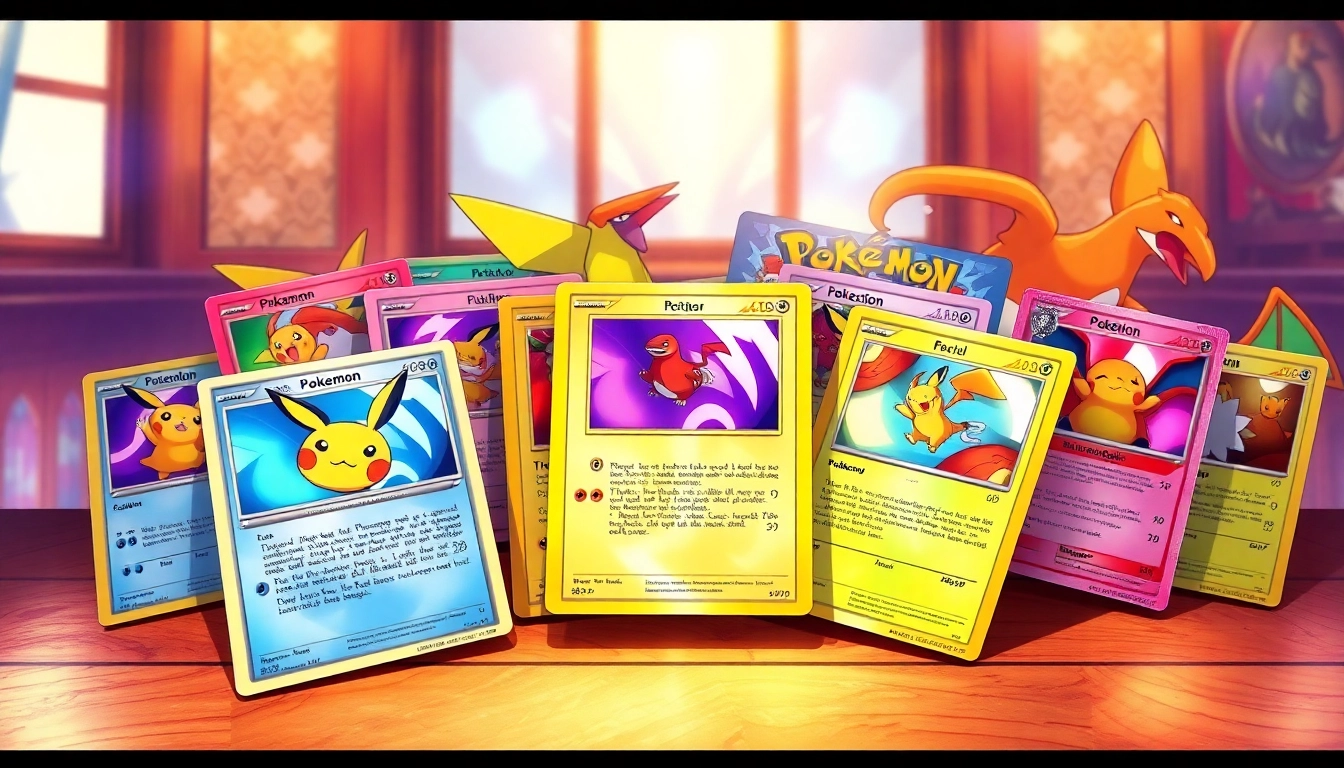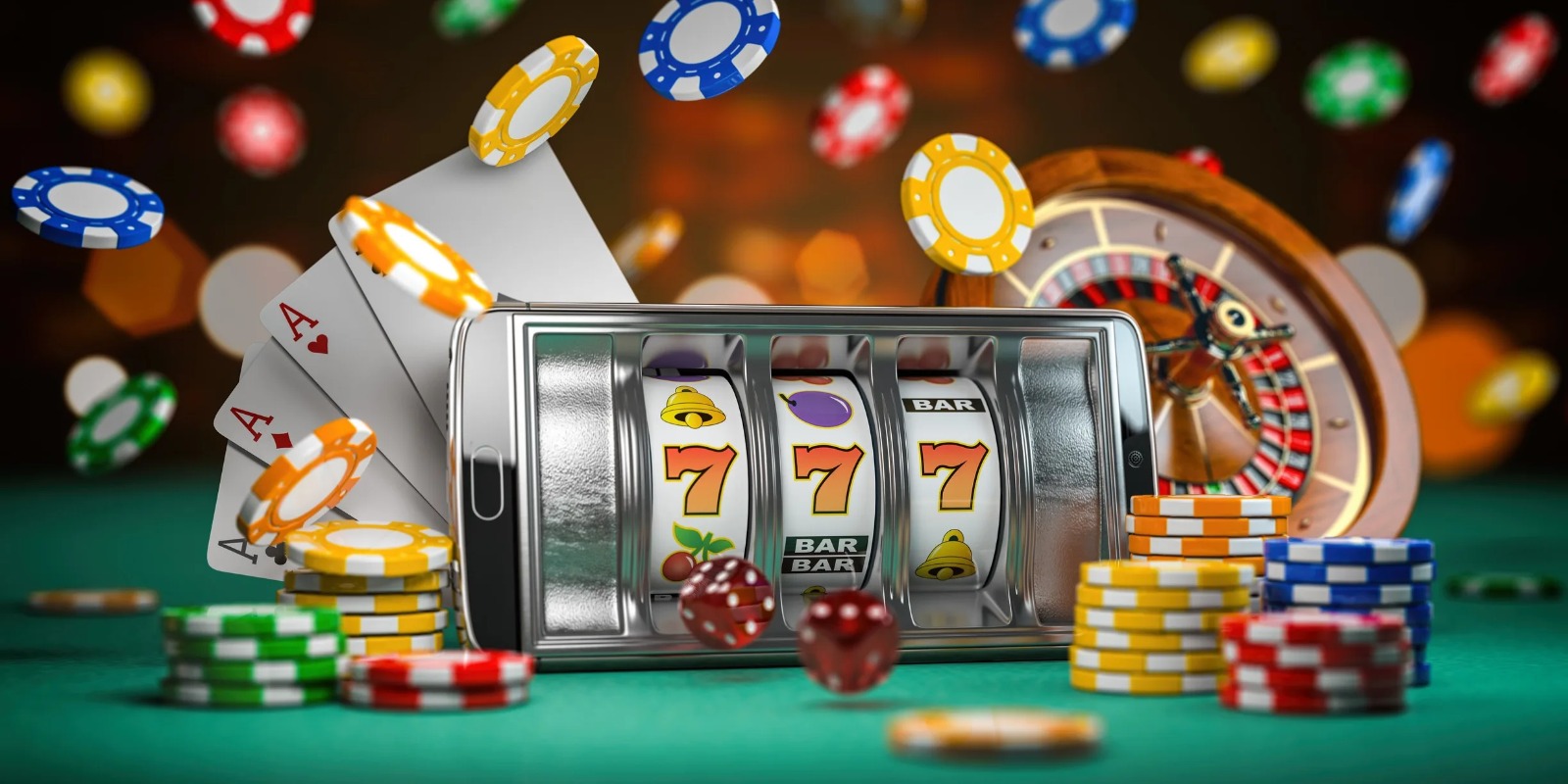Understanding Real Pokemon Cards
For both nostalgic collectors and contemporary card traders, the allure of real pokemon cards is undeniable. Whether you’re a seasoned Pokémon TCG player or a casual collector, differentiating genuine cards from fakes is critical. The authenticity of a Pokémon card can influence its value, trading potential, and enjoyment of the game itself.
What Makes a Pokemon Card Real?
A real Pokémon card is defined by various factors ranging from its manufacturing details to its unique features. The card stock used in authentic Pokémon cards is of high quality, giving each card a distinctive feel and durability. The printed design, including vibrant colors and detailed artwork, further distinguishes real cards from their counterfeit counterparts.
Real cards are produced by The Pokémon Company International and adhere to specific specifications, including the correct size, weight, and finish. A genuine Pokémon card will also include legal text in multiple languages, usually found at the bottom of the card, indicating its authenticity and alignment with copyright laws.
Common Features of Authentic Cards
- Weight and Size: Genuine Pokémon cards typically weigh around 1.78 grams and measure 63 x 88 mm. Any significant deviation could indicate a fake.
- Color Quality: Real cards have sharp, vibrant colors that remain consistent across different print runs. Counterfeit cards may exhibit colors that are either too bright or too dull.
- Text Clarity: The text on authentic cards is crisp and well-defined without any blurriness. Fake cards often show signs of poor printing quality, leading to unclear text.
- Light Test: Holding a genuine card against the light will reveal a slight translucence. Authentic cards allow a small amount of light to pass through, while fakes are usually opaque.
Importance of Collecting Real Pokemon Cards
Collecting real Pokémon cards goes beyond mere gameplay; it encapsulates history, nostalgia, and community involvement. The Pokémon trading card game (TCG) has cultivated a vast global community, where real cards hold not just monetary value but sentimental significance. Authentic cards foster trust within trading circles, ensuring fair trades that honor both players and collectors.
Furthermore, as the Pokémon TCG continues to grow in popularity, the demand for genuine cards increases. Collectors often focus on obtaining first editions, rare holographic variants, or cards from special sets. Owning authentic cards ensures that collectors can participate enthusiastically in events and tournaments while preserving the integrity of their collections.
How to Spot Fake Pokemon Cards
As the popularity of Pokémon cards has soared, so has the prevalence of counterfeit products in the market. Knowing how to spot fake Pokémon cards can save collectors from unfortunate investments and help maintain the integrity of the trading community.
Recognizing Red Flags in Card Quality
When evaluating a Pokémon card, discerning card quality is paramount. One of the most prominent indicators of a fake card includes physical defects in the artwork and printing. Pay attention to misaligned prints or blurred images, which can point to a poorly manufactured fake.
Moreover, flimsy or overly glossy cards can often be fraudulent. Genuine Pokémon cards have a matte finish that doesn’t reflect excessively under light. Also, check for an uneven cut, as authentic cards usually have clean, sharp edges that may be slightly rounded due to the finishing process.
Color and Texture Comparisons
One surefire way to compare real and fake cards is to look closely at the color and texture. Authentic Pokémon cards have a consistent color palette with the right saturation and contrast that matches original print standards. Fake cards might display altered colors, such as overly bright hues that lack depth.
The texture of the card is also significant; real cards consist of a smooth yet slightly textured finish that feels sturdy. Fakes often have a smooth or overly shiny surface that lacks the tactile sensation of genuine cards.
Expert Tips for Verification
To ensure that you are buying real Pokémon cards, consider the following expert tips:
- Buy from Reputable Sources: Purchase from known retailers or platforms that specialize in trading cards to reduce the risk of acquiring fakes.
- Physical Inspection: Always inspect the card physically before making a purchase. If possible, compare it to cards you already own to look for discrepancies.
- Engage the Community: Join online forums or local Pokémon communities where collectors share advice on authenticating cards.
Where to Buy Real Pokemon Cards
Finding reliable sources to buy real Pokémon cards can significantly affect your collection’s quality and value. With many online and physical stores available today, knowing where to look can make all the difference.
Top Online Retailers for Authentic Cards
Online shopping has revolutionized the accessibility of Pokémon cards, allowing collectors from all corners of the globe to obtain their desired cards. Here are some trusted online platforms where you can purchase authentic Pokémon cards:
- Pokémon Center: As the official online store of The Pokémon Company, this platform offers genuine Pokémon products, including cards.
- Cardmarket: This Europe-based marketplace allows users to buy and sell genuine Pokémon cards, providing a vast selection from various sellers.
- Omnific Games: An excellent option for Indian collectors, Omnific Games specializes in authentic Pokémon cards and trading accessories.
Local Stores: Finding Reliable Vendors
While online shopping has its advantages, visiting local game stores can also provide unique experiences. Many stores host tournaments and game nights, which allows collectors to engage with the community, trade cards, and receive expert opinions.
When searching for local retailers, consider visiting hobby stores or specialty shops dedicated to trading cards or collectibles. Establish relationships with vendors who are knowledgeable about the TCG community, as they can offer insights, recommendations, and verification services.
Marketplaces to Avoid
Not all online marketplaces guarantee authenticity. Sites like eBay or Craigslist may have offerings that appear legitimate, but the risks associated with buying cards from individuals that lack credible reviews can result in purchasing fakes. Always approach transactions with caution, and prioritize buying from sellers who allow returns or provide verification of authenticity.
The Value of Real Pokemon Cards
Understanding the value of real Pokémon cards involves exploring the underlying factors that contribute to their worth in the collector’s market. Knowledge about these aspects can help collectors make informed decisions about their purchases and sales.
Factors Influencing Card Value
Several elements impact the value of a Pokémon card, including rarity, condition, and demand. Here are some key factor considerations:
- Rarity: Cards that are harder to find—such as first editions or promos—often command higher prices. Limited print runs contribute to this rarity, making some cards highly sought after by collectors.
- Condition: The card’s physical state can significantly affect its market value. Graded cards, which have been evaluated for quality by professional services, tend to fetch higher prices in collectibles markets.
- Market Trends: The Pokémon TCG market is influenced by trends in pop culture and nostalgia. A character’s resurgence in popularity can lead to increased demand for cards associated with that character.
Pricing Trends in the Pokemon Market
Analyzing historical data on Pokémon card prices can provide collectors with a deeper understanding of market fluctuations. For example, during the pandemic, there was a spike in interest and investment in trading cards, leading to increased prices for certain rare cards. Keeping track of these trends can help enthusiasts identify opportunities to buy or sell cards effectively.
Subscriptions to dedicated trading card market analysis services or engaging in online communities can provide ongoing updates about changes in card prices. Maintaining awareness of market conditions enables collectors to make smarter decisions regarding their collections.
How to Determine Your Collection’s Worth
To gauge the overall worth of your Pokémon card collection, consider creating a detailed inventory cataloging each card with its respective market value. Various online platforms and marketplaces provide tools for tracking prices and verifying values, empowering collectors with reliable information.
Engaging with professional grading services can also provide accurate appraisals for high-value cards. By understanding your collection’s worth, you can make informed decisions on trading, selling, or investing in new additions.
Best Practices for Collecting Real Pokemon Cards
Building a successful Pokémon card collection requires practical knowledge and strategic planning. The following best practices can help collectors cultivate valuable collections while enjoying the process.
Storage and Preservation Tips
Proper storage is vital to maintaining the condition and longevity of your Pokémon cards. Here are some effective storage methodologies:
- Use Sleeves: Placing cards in protective sleeves ensures they are shielded from dust, scratches, and tarnishing. Invest in high-quality, archival-safe sleeves for maximum protection.
- Store in Binders: Organizing cards in binders allows for easy retrieval and browsing while keeping them organized and protected.
- Avoid Humidity: Store cards in a climate-controlled environment, avoiding exposure to excessive heat or humidity that can lead to card warping or damage.
Building a Diverse Collection
Focusing your collection solely on popular cards can limit your collecting experience. Consider diversifying your portfolio to include a range of card types, rarities, and sets. This approach fosters a deeper appreciation for the game and the art associated with it. Here are some suggestions:
- Explore Various Sets: Collect cards from different generations or expansions to gain a richer understanding of the Pokémon trading card universe.
- Attend Trade Shows: Trading card events and expos provide collectors the opportunity to expand their collections while networking with other enthusiasts.
- Participate in Community Events: Engaging in Pokémon community tournaments and events allows you to discover new cards while enhancing your gameplay experience.
Engaging with the Pokemon Community
Being part of the Pokémon card community expands the enjoyment of collecting and trading. Contributing to forums, sharing your experiences, and learning from others can enhance your knowledge and appreciation for real Pokémon cards. Communities often provide insights into rare card finds, trending collections, and advice on verification and authentication.
By attending local gaming stores, participating in social media groups, and joining Pokémon clubs, collectors can share strategies and deepen their connections within the TCG community.



